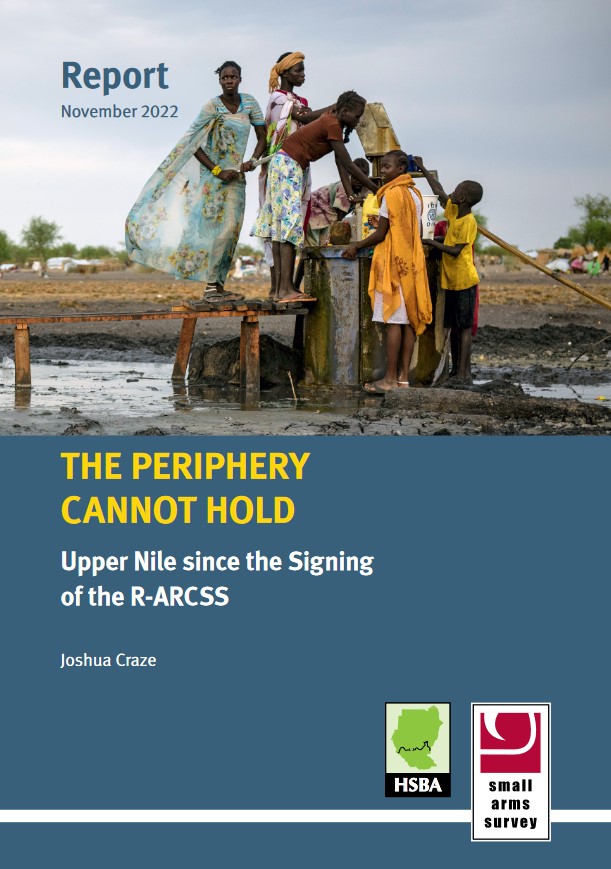
The Periphery Cannot Hold: Upper Nile since the Signing of the R-ARCSS
Upper Nile is in chaos. A once durable alliance between the national government in Juba and the Padang Dinka in Malakal has given way to a much more uncertain situation, in which the regime of South Sudanese President Salva Kiir sets feuding elites against each other. Disorder has proved an effective tool of rule.
In Upper Nile, Kiir's regime has successfully peeled off Eastern Nuer commanders once loyal to Riek Machar's Sudan People's Liberation Army in Opposition (SPLA-IO). Following a brutal dry season campaign against the SPLA-IO waged by these commanders, Machar's opposition suffered an almost total collapse of support in Upper Nile.
The rump of the SPLA-IO fighting forces had already split from Machar in 2021, and formed the Kitgwang faction, which hoped to acquire materiel and money in Khartoum to fund a renewed war. However, thanks to a regional realignment that means Sudan and South Sudan are allies, the Kitgwang found no succour in Khartoum, and was easily divided by Kiir's regime. The current fighting in Upper Nile is the fallout from the two parts of the Kitgwang being set against each other by the government. Clashes have displaced more than 10,000 people, and taken on a worryingly ethnic dimension that Kiir's regime will struggle to control.
The Periphery Cannot Hold: Upper Nile since the Signing of the R-ARCSS examines current political and conflict dynamics in Upper Nile.